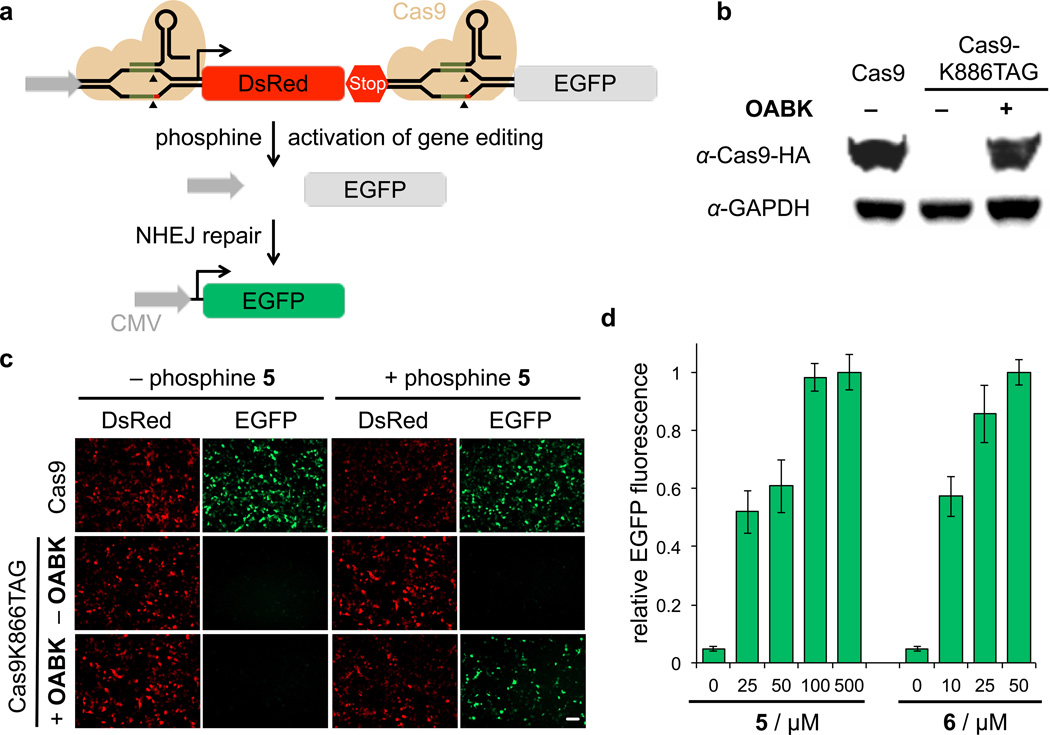Figure 6. Small molecule-triggered CRISPR/Cas9 gene editing.
(a) Schematic design of the CRISPR/Cas9 activity assay using the pIRG dual reporter. In the absence of activated Cas9, transcription terminates after the DsRed gene and no EGFP is expressed. When Cas9-OABK is activated by the phosphine 5 or 6, the complex of functional Cas9 and gRNAs induces excision of the DsRed-terminator cassette, followed by DNA repair and EGFP expression. (b) Anti-HA western blot showing amino acid-dependent expression of modified Cas9 in HEK 293T cells without or with OABK (0.25 mM), as well as a GAPDH loading control. (c) Small-molecule control of CRISPR/Cas9 gene editing in HEK 293T cells using the pIRG reporter shows that EGFP fluorescence is only observed only in the presence of 5. Residual DsRed fluorescence was still observed, due to reporter expression during the 24 h incubation before small molecule activation. Scale bar represents 100 µm. (d) EGFP expression, and thus Cas9 function, can be titrated in response to increasing concentrations of 5 and 6. EGFP expression was analyzed using imaging cytometry by counting fluorescent cells in four randomly selected fields of view per well. Data was analyzed using ImageJ. Error bars represent standard deviations from three independent experiments.

